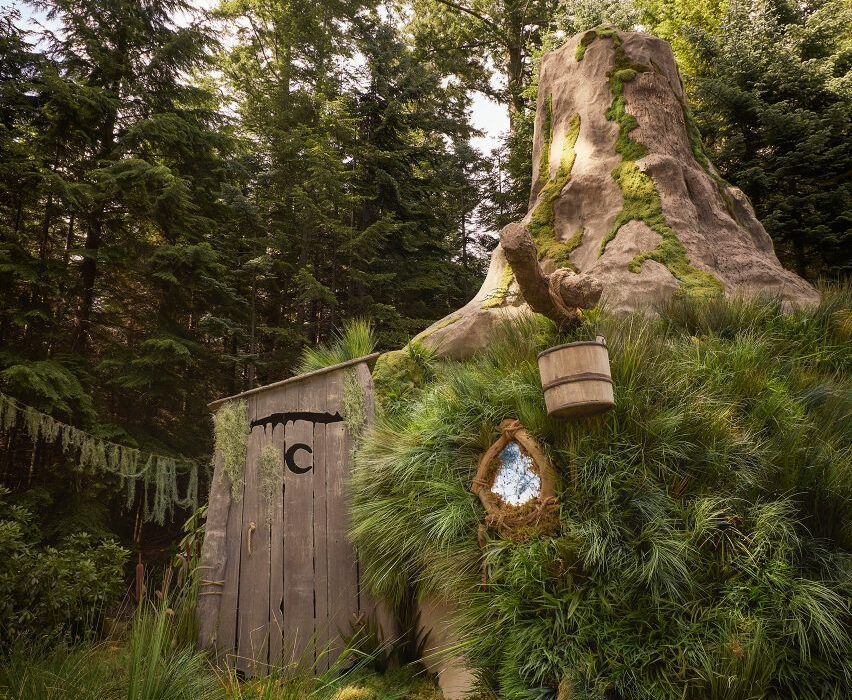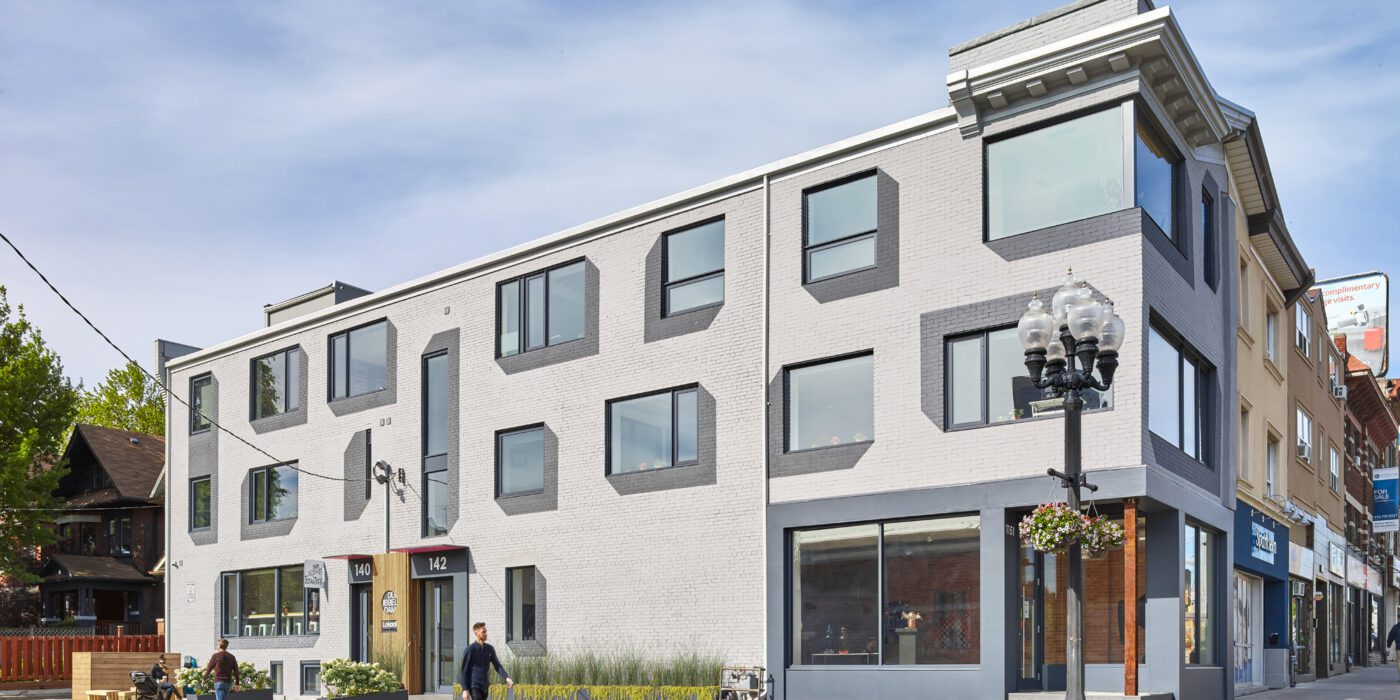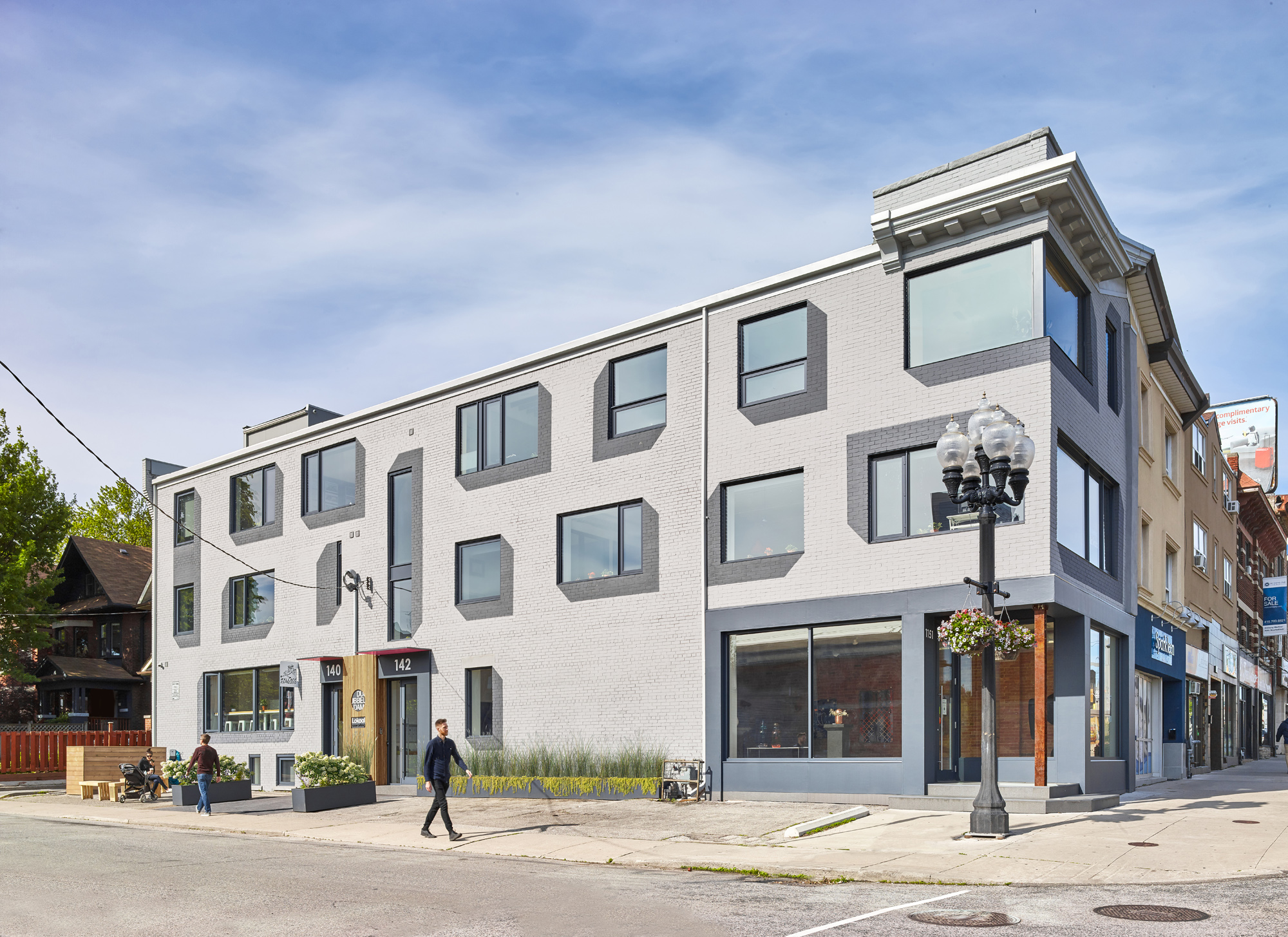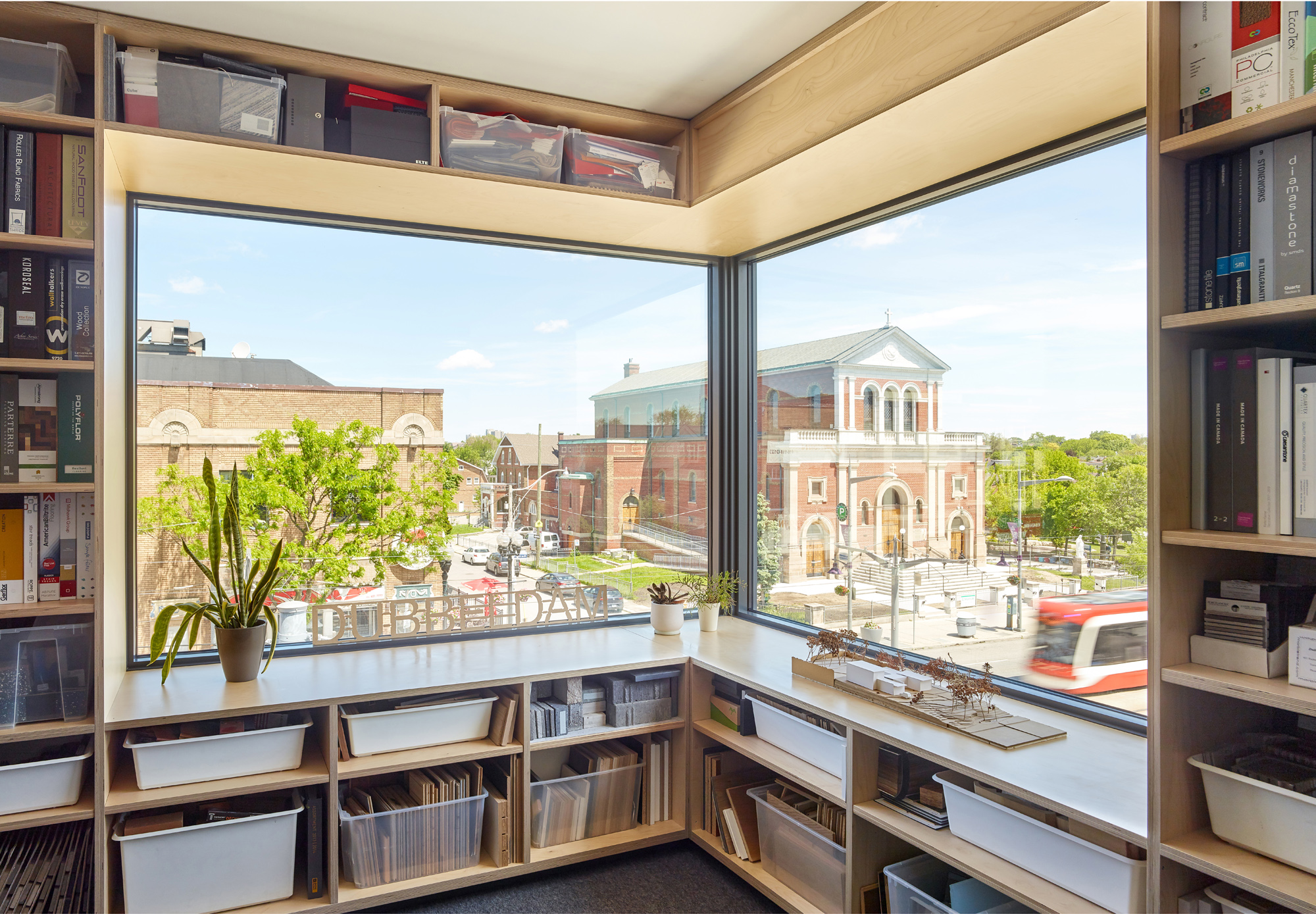Shrek and Donkey invite guests to stay in Shrek’s Swamp Airbnb
Rental website Airbnb has designed Shrek’s Swamp, a grass-and-mud-covered hut underneath a tree in the Scottish Highlands.
The small house, which has a bare-earth floor, is described as “a stumpy, secluded haven fit for a solitude-seeking ogre”.
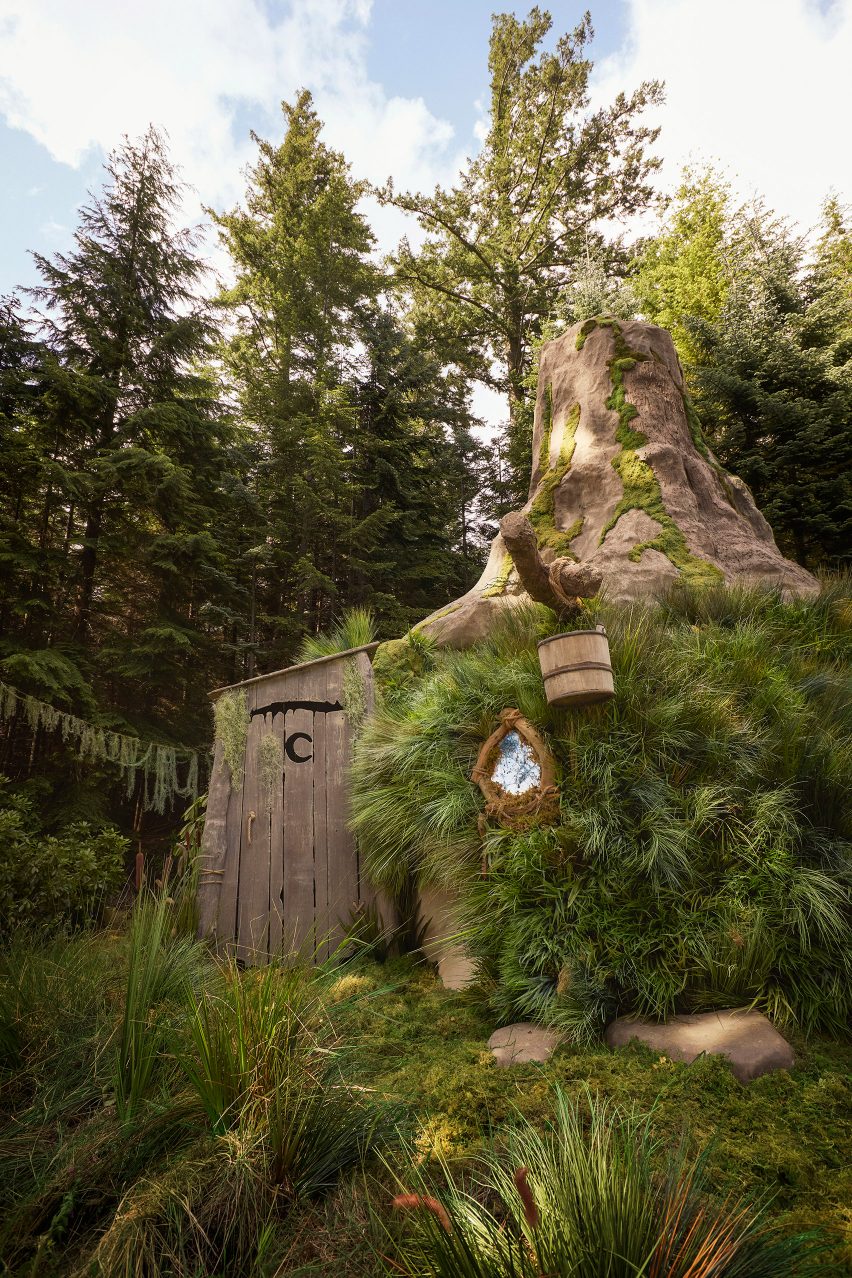
It is being hosted by Donkey, Shrek’s best friend, who is swamp-sitting while Shrek himself is away for Halloween, according to an Airbnb description written as if by Donkey himself.
In it, he says: “I love everything about the swamp: the boulder out front, the modest interiors, the seclusion (ideal for singing karaoke late into the night), you get the picture”.
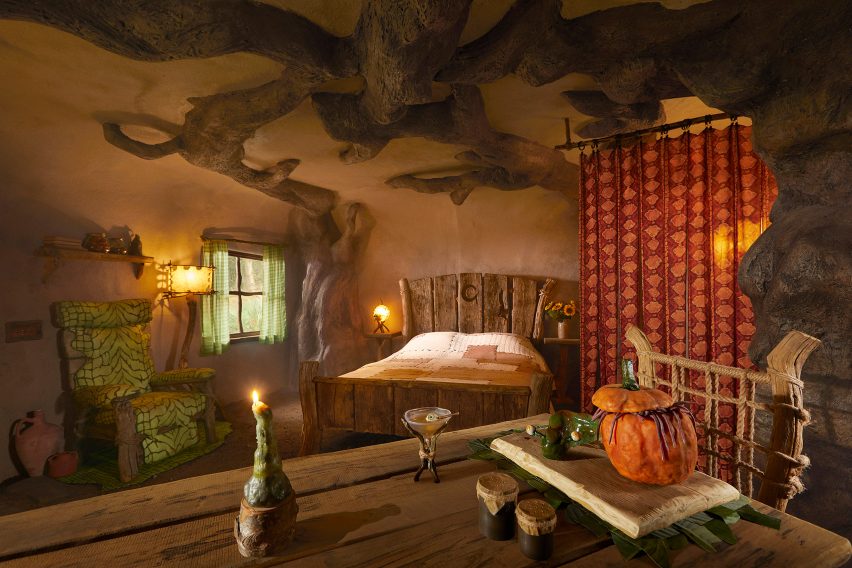
The holiday home, which sleeps up to three guests, has an open-plan design, with a sturdy wooden bed leaning against one wall.
A matching table and two wooden chairs sit in front of an open fire on the opposite side of the house, which is held up by large tree trunks.
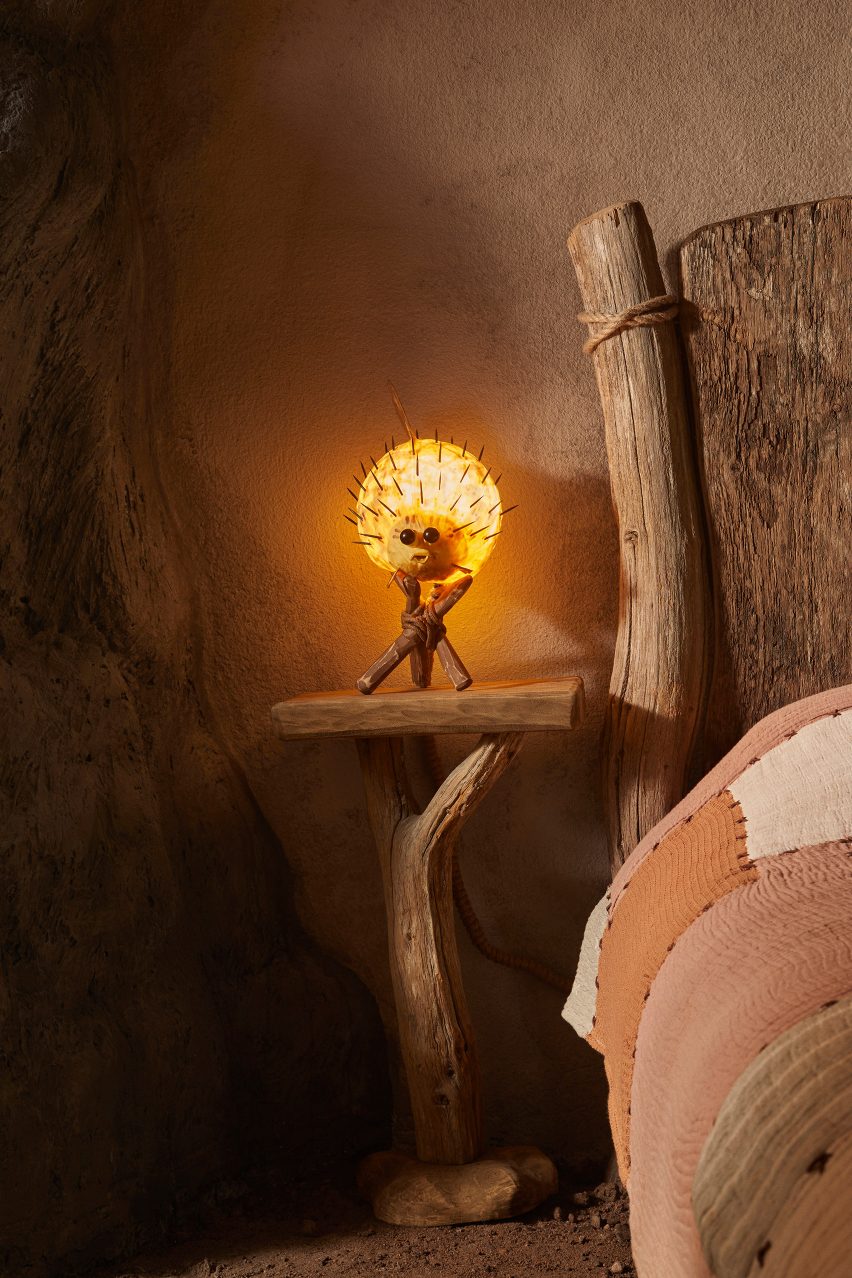
Shrek’s Swamp Airbnb also features decorative touches, including a green “earwax candle” – a nod to a scene in which Shrek pulls out a stick of earwax from his ear and lights it.
It also has a bedside lamp that looks like a stuffed pufferfish.
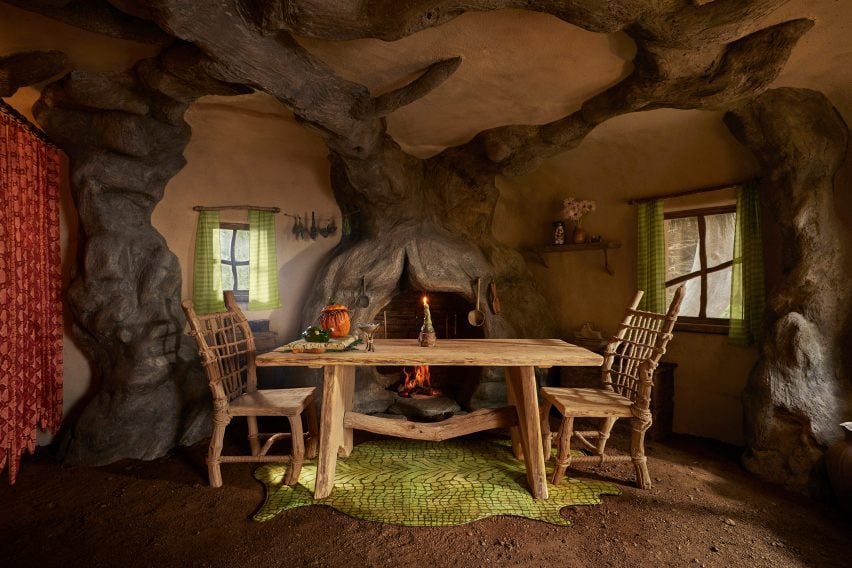
Visitors can also make use of Shrek’s outhouse, a well-known location from multiple Shrek films, which is located about 20 metres away from the swamp itself.
Located in a forest in the Scottish Highlands, the hut is surrounded by signs reading “Stay out”, “Beware Ogre” and “Danger!” though these are “probably for decoration”, according to Donkey.
The home will be available to book from 13 October for a two-night stay between 27 and 29 October and comes with an on-site concierge who will arrange meals for the guests – including morning waffles and parfaits.
“This mud-laden, moss-covered, murky-watered oasis is a perfectly snug spot to escape from village life and embrace the beauty of nature,” Airbnb said.
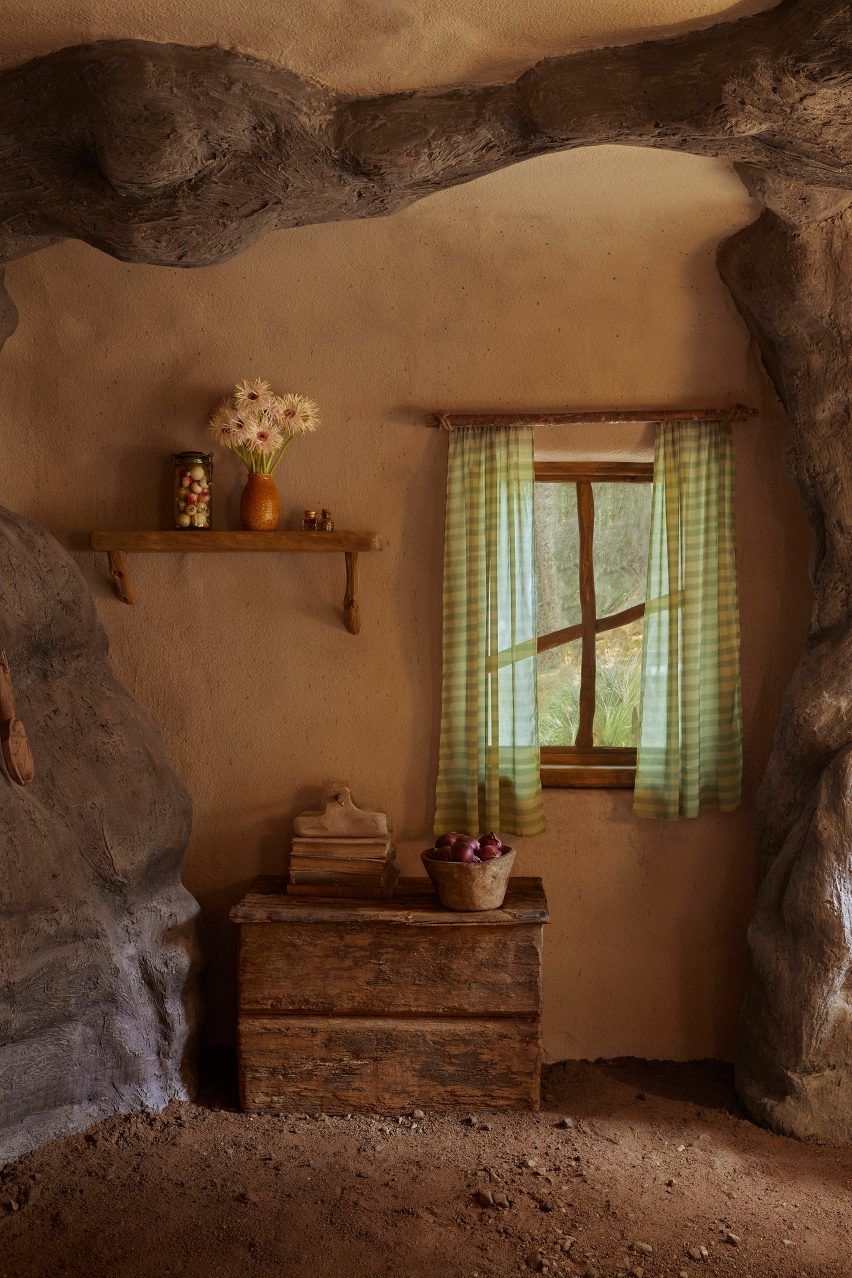
The company will make a one-time donation to the HopScotch Children’s Charity as part of the project.
Airbnb also recently helped Ken rent out Barbie’s Malibu Dreamhouse and listed a 1970s wood cabin located in the iconic Sea Ranch development in California.
The photography is courtesy of Alix McIntosh.

